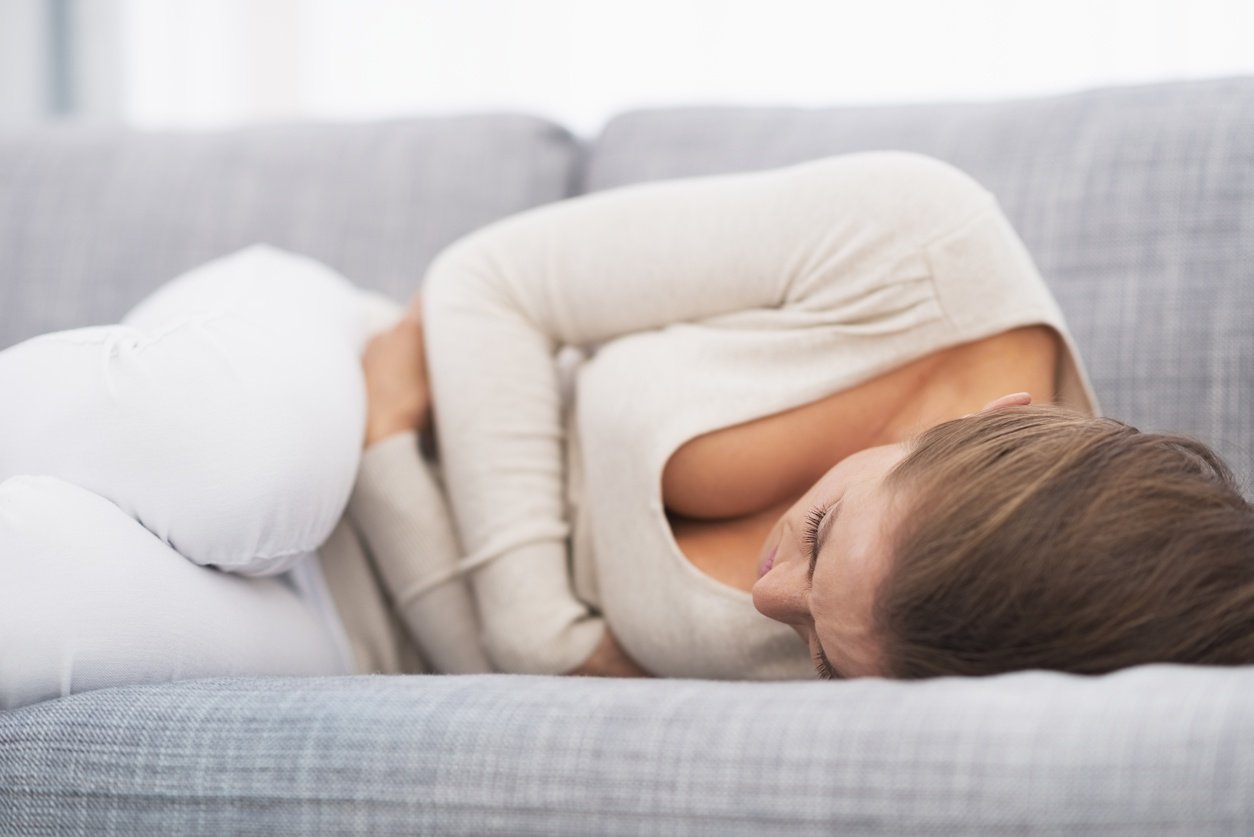What Are the Signs of Fibroids Shrinking Naturally? Symptoms, Causes & What to Expect
Uterine fibroids, also known as leiomyomas or myomas, are noncancerous growths in or around the uterus. Many women seek natural or non-invasive ways to manage fibroids, especially if surgery is not an option or desired. One of the key questions is: What are the signs of fibroids shrinking naturally? In this article, we explore the noticeable symptoms that indicate fibroids may be reducing in size, how and why this happens, and what to do if you suspect your fibroids are shrinking.
Agnus Castus
1. Understanding Uterine Fibroids and Why They Shrink
Before identifying the symptoms of shrinking fibroids, it’s important to understand what causes fibroids to grow and what might cause them to shrink.
Fibroids are hormone-sensitive tumors, especially influenced by estrogen and progesterone. They commonly grow during childbearing years when hormone levels are higher and tend to shrink naturally during menopause when these hormone levels decrease.
Common triggers for fibroid shrinkage include:
- Natural hormonal changes (e.g., menopause or perimenopause)
- Hormone therapy or medication (e.g., GnRH agonists)
- Lifestyle or dietary changes
- Herbal and natural remedies
- Weight loss and reduced body fat
2. Key Signs That Indicate Fibroids Are Shrinking
If your fibroids are shrinking naturally, due to lifestyle changes, age, or medical intervention, you may notice the following symptoms:
a. Reduced Menstrual Bleeding
Heavy menstrual bleeding is a hallmark symptom of uterine fibroids. One of the first signs that fibroids are shrinking is lighter periods with reduced flow. You may also notice shorter durations and fewer instances of clotting during menstruation.
b. Decreased Pelvic Pressure
Large fibroids often create a feeling of pressure or fullness in the lower abdomen or pelvic area. When fibroids shrink, this discomfort typically subsides. If you experience less bloating or pressure in the pelvis, it could indicate that your fibroids are reducing in size.
c. Less Frequent Urination
Fibroids that press against the bladder often lead to frequent urination or even incontinence. If you find yourself needing to urinate less often or with improved bladder control, it may be a sign that fibroid-induced bladder pressure is easing.
d. Alleviated Lower Back or Leg Pain
Fibroids located on the outer uterus wall can sometimes press against spinal nerves, causing backaches or leg pain. Shrinking fibroids may relieve this pressure, leading to reduced discomfort in the lower back and legs.
e. Reduced Abdominal Bloating or Distension
Fibroids can cause the lower abdomen to protrude, making some women appear bloated or even pregnant. When fibroids begin to shrink, a noticeable reduction in belly size or bloating may be observed.
f. Improved Digestive Function
Large fibroids can put pressure on the bowel, leading to constipation or bloating. If you find digestive symptoms easing, especially after dietary and lifestyle adjustments, this could indicate fibroid regression.
g. Increased Energy and Reduced Fatigue
Heavy bleeding caused by fibroids can lead to anemia, which in turn causes fatigue. As fibroids shrink and menstrual bleeding lessens, energy levels may rise, and fatigue may subside due to improved iron levels.
3. Natural Causes Behind Fibroid Shrinkage
Understanding what naturally causes fibroids to shrink can help reinforce or validate the changes you’re observing.
a. Menopause and Hormonal Changes
The most common reason fibroids shrink is due to menopause. Estrogen and progesterone levels drop significantly during this phase, resulting in natural fibroid regression.
b. Lifestyle and Dietary Modifications
A high-fiber, anti-inflammatory diet that includes cruciferous vegetables, green tea, turmeric, and omega-3 fatty acids can help regulate hormones and reduce fibroid growth.
c. Stress Reduction and Detoxification
High stress can lead to hormonal imbalance. Adopting relaxation techniques like yoga, meditation, or acupuncture may help shrink fibroids naturally.
d. Herbal and Natural Remedies
Natural supplements such as vitamin D, DIM (diindolylmethane), chasteberry (Vitex), and milk thistle have been reported to help balance hormones and potentially reduce fibroid size.
4. When to Consult a Doctor
Although signs may point to shrinking fibroids, always confirm changes through ultrasound or pelvic MRI. Self-diagnosing fibroid size reduction can be misleading, as other conditions may mimic or influence symptoms.
Contact your healthcare provider if you notice:
- Sudden, severe pelvic pain
- Unexpected changes in the menstrual cycle
- Abnormal uterine bleeding
- Symptoms are worsening instead of improving
They may recommend imaging tests to confirm fibroid size and rule out any complications.
5. Final Thoughts: Monitoring Fibroid Changes Over Time
Fibroids don’t always require surgical removal, especially if they’re shrinking or becoming asymptomatic. If you’re experiencing any of the above signs of shrinking fibroids, maintain a symptom diary, follow up with your OB-GYN, and consider incorporating healthy habits that support hormonal balance.
Monitoring symptoms such as lighter periods, less pressure, reduced pain, and improved energy levels can give you early clues into natural fibroid regression.
- Signs of fibroids shrinking naturally
- How to tell if uterine fibroids are shrinking
- Symptoms of shrinking fibroids
- Fibroid shrinkage signs and causes
- Natural remedies for shrinking fibroids
- How menopause affects fibroid size
- Diet for shrinking uterine fibroids naturally
- Non-surgical ways to reduce fibroids
- Hormonal imbalance and fibroid reduction
- Lifestyle changes that shrink fibroids
- Pelvic pressure relief fibroids shrinking
- Natural fibroid shrinkage without surgery




